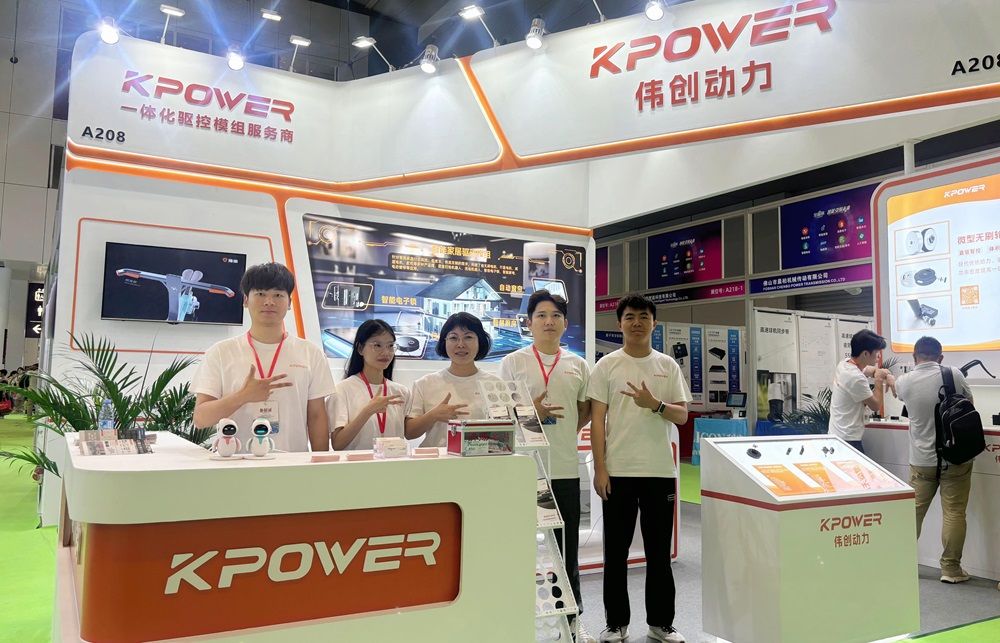When you first hear about microservices in AWS, it’s like stepping into a whole new world of cloud innovation. Imagine breaking down a giant, monolithic app into smaller, manageable chunks—each piece doing its thing independently but working together seamlessly. That’s what microservices are all about. It’s like having a team of specialists, each handling a specific task, instead of a big guy trying to do everything alone. And AWS, being the giant cloud platform it is, offers a bunch of handy tools to make this microservice setup smooth sailing.

Take AWS Lambda, for example. It’s like having a magic box that runs your code in response to events, no servers needed to think about. You just toss the code in, and it runs when triggered—perfect for microservices that need to be quick, reactive, and lightweight. Then there’s Amazon ECS, or Elastic Container Service. Think of it as the luxury fleet for your containers—each microservice packs into a container, making deployment and scaling a breeze. The beauty? You can spin up or down these containers without breaking a sweat, keeping everything running like a well-oiled machine.
And talking about APIs, AWS API Gateway opens the door for these little microservices to talk to the outside world. It’s like a busy, multi-lane highway, directing traffic efficiently. When you combine it with AWS CloudWatch, you get a real-time dashboard that tracks how your microservices are performing—spotting bottlenecks before they turn into disasters. It’s like having your own backstage crew, making sure everything runs perfectly behind the scenes.
But let’s be real—building microservices on AWS isn’t just about selecting tools. It’s about understanding how they fit together, how to keep communication smooth, and how to manage everything efficiently. For anyone wondering, “Will this make my app faster?” the answer is often a resounding yes. Instead of waiting for a monolith to reload everything when anything changes, microservices allow for smaller updates with less impact. That means quicker deployment, easier updates, and less downtime.
Also, think about resilience. When a single microservice fails, it doesn’t take down the whole system. That’s a big deal in today’s 24/7 world. AWS’s global infrastructure ensures your microservices are available, no matter where your users are. Plus, it’s scalable—if your app suddenly gets popular, just spin up more instances of specific microservices. It’s like adding more lanes on a busy road during rush hour without causing a traffic jam.
In essence, microservices in AWS are revolutionizing how we think about app development. They make everything more flexible, resilient, and ready for rapid growth. If you’re looking to modernize your architecture, dig into what AWS has to offer. The tools are powerful, and once you get the hang of them, the possibilities are endless. It’s not just a tech upgrade—it’s a whole new way of building and running software. And once you do it right, your app won’t just work—it’ll thrive.
Established in 2005, Kpower has been dedicated to a professional compact motion unit manufacturer, headquartered in Dongguan, Guangdong Province, China. Leveraging innovations in modular drive technology, Kpower integrates high-performance motors, precision reducers, and multi-protocol control systems to provide efficient and customized smart drive system solutions. Kpower has delivered professional drive system solutions to over 500 enterprise clients globally with products covering various fields such as Smart Home Systems, Automatic Electronics, Robotics, Precision Agriculture, Drones, and Industrial Automation.




































